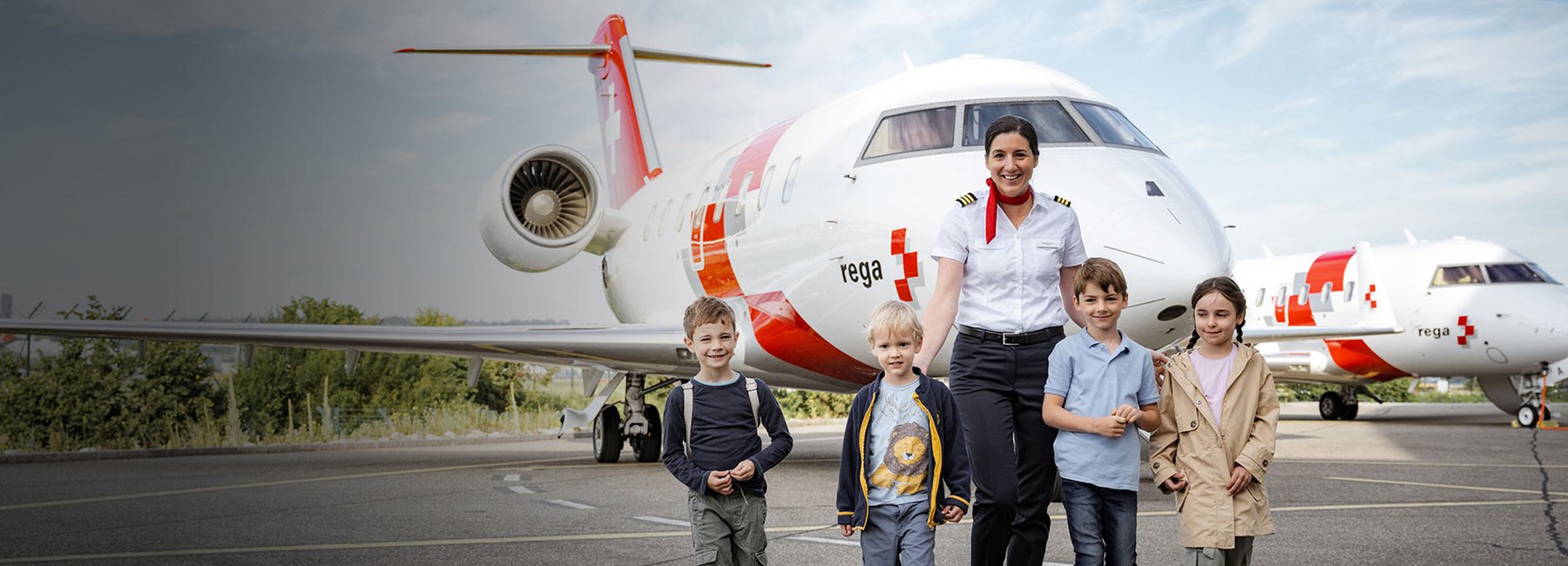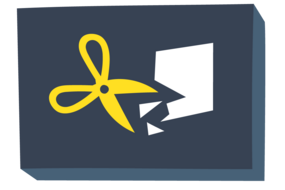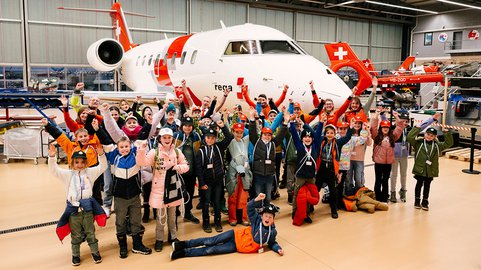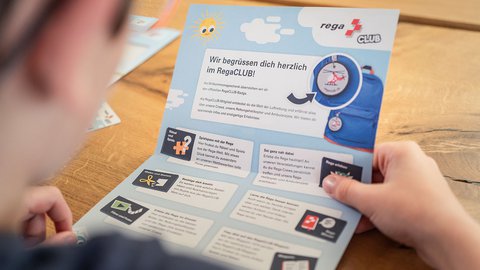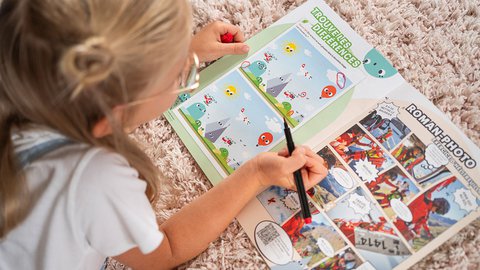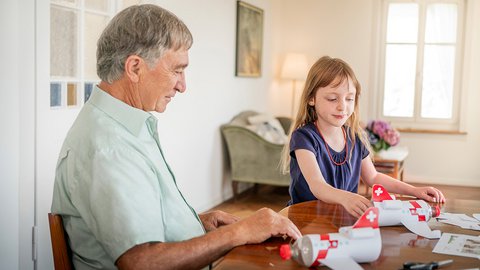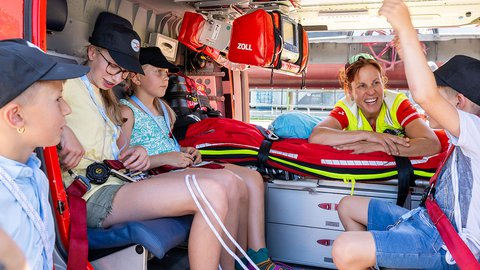Genaue Koordinaten, sei es vom GPS oder manuell aus der Landeskarte abgelesen, sind der Rega-Einsatzzentrale eine grosse Hilfe. Die Einsatzzentrale übermittelt nach dem Alarm die Koordinaten an den Rettungshelikopter und dieser kann mit Hilfe seiner Navigationshilfsmittel den Einsatzort punktgenau anfliegen. Aufwändige und zeitraubende Suchaktionen können so vermieden werden.
Bitte beachten Sie: Ein GPS braucht nach dem Aufstarten normalerweise einige Minuten, bis es eine exakte Positionsangabe ermöglicht. Schon vorher sollte man sich vergewissern, dass man weiss, mit welchem Knopf oder in welchem Menü des Geräts man sich die Koordinaten anzeigen lassen kann. In einer Stresssituation kann es vorkommen, dass man eine Zahl oder eine Kommastelle verwechselt. Es ist also wichtig, Ruhe zu bewahren und die GPS-Koordinaten exakt, unter Angabe von Kommastellen oder Abständen, abzulesen. Am besten stellen Sie das GPS auf das Schweizer Koordinatensystem ein (englisch: Swiss Grid), so liefert es einfache Zahlen und unverwechselbare Angaben.
Ein letzter Hinweis: Verlassen Sie sich nie nur auf Ihr GPS – es kann im entscheidenden Moment aufrund leeren Batterien ausfallen oder bei einem Unfall kaputt gehen. Sie sollten Ihren Standort auch ohne GPS kennen und beschreiben können, möglichst mit Ortsangaben, wie sie auf den Schweizer Landeskarten vermerkt sind. Es ist also empfehlenswert, eine Wanderkarte mit auf die Tour zu nehmen. Und keinesfalls darf das Mitführen eines GPS dazu verleiten, höhere Risiken einzugehen, zum Beispiel bei schlechter Sicht.
GPS: 6 Tipps für den richtigen Umgang:
- Reichen die Batterien / Akkus für die geplante Tour aus?
- Weiss ich, wie und wo ich die Koordinaten-Angaben finde?
- Schweizer Koordinatensystem (Swiss Grid) eingestellt?
- Vorsicht Stress: Angaben präzise ablesen
- Keine höheren Risiken wegen GPS eingehen
- Trotz GPS immer eine Landeskarte mitführen (Massstab 1:50'000 oder 1:25'000)
Sind Sie im Besitz eines Smartphones, lohnt es sich, die kostenlose Rega-App herunterzuladen:
Die Rega-App übermittelt bei einer Alarmierung die Koordinaten des Anrufers an die Rega und stellt eine Telefonverbindung mit der Einsatzzentrale her. Nach telefonischer Rücksprache mit dem Alarmierenden leitet die Rega dann die Rettung ein. Damit die Ortungsfunktion der Applikation funktioniert, muss das GPS-Signal in den Smartphone-Einstellungen aktiviert sein. Und besonders wichtig: Für die Alarmierung über die Rega-App braucht es ausreichend Mobilfunk-Empfang.
Die Kartenfunktion der Applikation zeigt zudem den eigenen Standort an oder berechnet die Koordinaten zu einem beliebigen Ort in verschiedenen Formaten.
